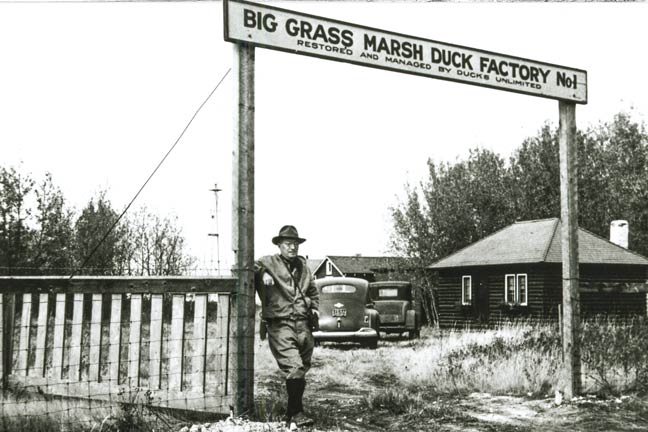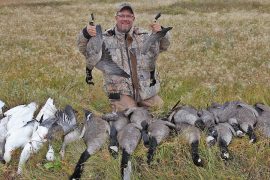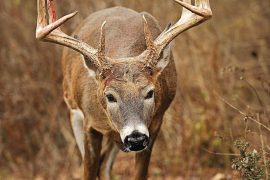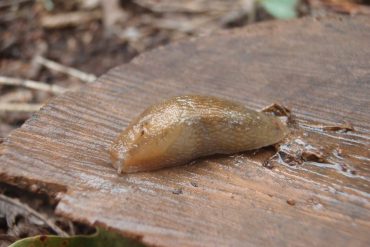As the waterfowl program leader for the Louisiana Department of Wildlife and Fisheries, part of Larry Reynold’s job is to give duck hunters the best opportunities he can. That takes money, of course. Lots of it. But like most state wildlife agencies, his is operating on a shoe-string budget.
So Reynolds was thrilled when regional representatives of Ducks Unlimited announced a grant package that would allow the construction of an impoundment adjoining to the Dewey Wills Wildlife Management Area. The total cost was $1.9 million.
“We could have never done something like that by ourselves. We just don’t have that kind of money,” says Reynolds. “We meet with DU representatives about every two or three years and go over a list of things we’d like to accomplish. They go out and look for money to make those projects possible and often implement and oversee the entire project.”
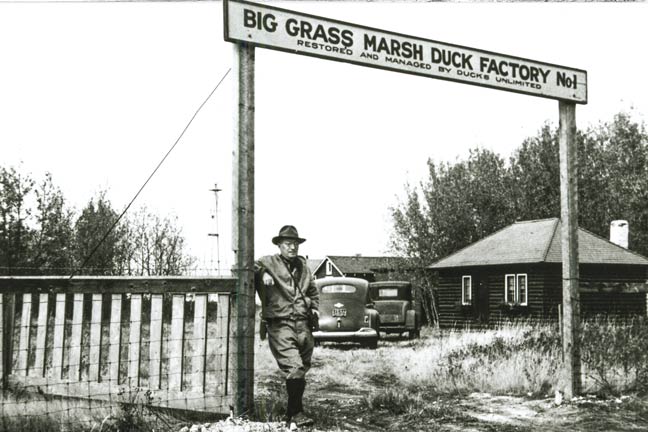
Not only did DU find grant money through the North American Wetlands Conservation Act, they assembled a group of partners, designed and engineered the project and oversaw construction. Once the project was completed, DU turned the property over to LDWF. Hunters now have a 3,600-acre green timber hunting opportunity that didn’t exist three years ago.
The conservation organization also provided technical help for improving Wham Brake Reservoir, helped restore 7,000 acres of Oyster Bayou, added huntable wetlands to Sherburne WMA and improved 300 acres on Tensas NWR, among other projects.
It’s not just Louisiana hunters reaping the benefits. Every state has been touched by DU and every duck hunter has benefitted, in one form or another, even if those benefits are intangible.
You want to build it, and they will come. DU’s team of more than 30 biologists partner with universities, federal agencies and conservation groups to fund and carry out studies that help us better understand waterfowl, their habitat and the best ways to boost their numbers.
“Two projects we are working on right now are sponsored by DU. Students are doing the on-the-ground research and their biologists are serving as advisors,” says Louisiana State University wildlife professor Luke Laborde, who also serves as DU’s state membership chairman and advisor for LSU’s student chapter.
One study is examining the genetics of mottled ducks along the Louisiana and Texas coast in an effort to determine if they are two distinct populations. Satellite transmitters are attached to some ducks to get a better handle on their range and habitat use. Another joint study is examining lesser scaup diets on Lake Pontchartrain.
“We know they are experiencing lower productivity on their breeding grounds,” says Laborde. “Is it because their food sources have changed on their wintering areas? Are they in poorer shape heading back north…

